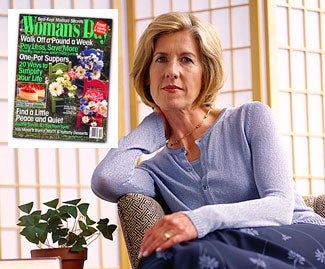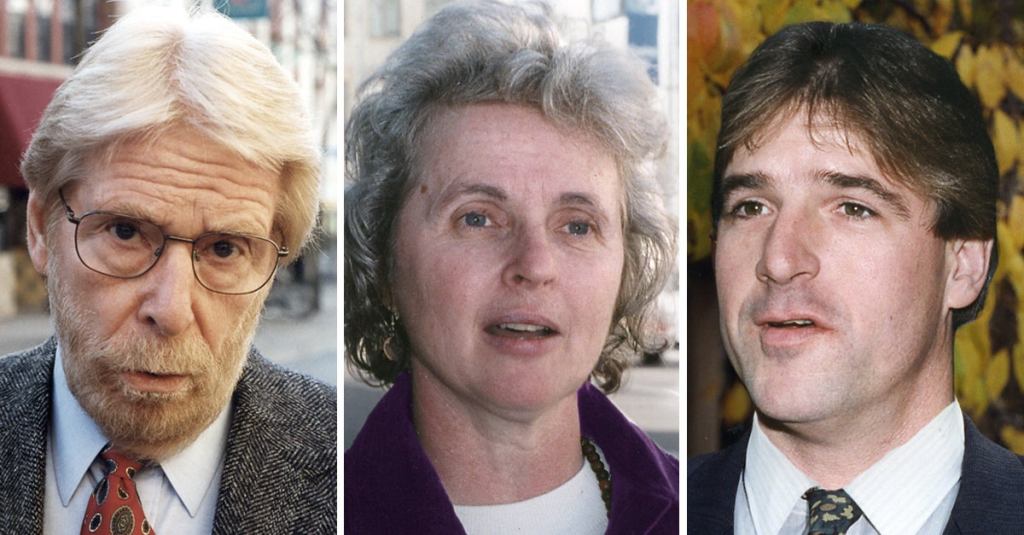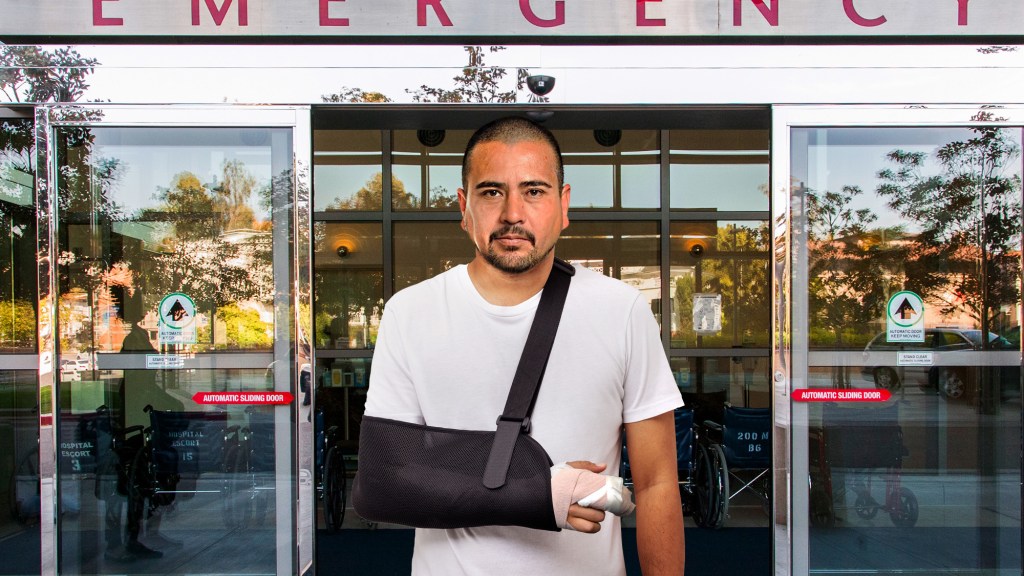CLEARWATER, FL–Bravely coming forward in the hopes of helping others like herself, freelance Woman’s Day writer Joanna Hoff described her harrowing battle with caffeine addiction in the magazine’s April issue.

“I was a coffee junkie,” Hoff wrote. “I’d drink a cup in the morning just to get out of the house, and then another cup on the drive to work. But I wasn’t done when I got to my desk job at the law firm–not by a country mile.”
In her frank, seven-page article, Hoff confessed that she, like an alarming number of professional women in the U.S., got on “the coffee train” to help meet the demands of a hectic lifestyle.
“I was making three or four, sometimes five trips back to that [office] coffee maker,” she wrote. “It’s free, it’s fresh, and it keeps you chug-chug-chugging along through your busy day. Sooner or later, though, that kind of habit will catch up to you.”
“You never realize that, although it’s a great pick-me-up, in the end it only makes you feel worse,” Hoff continued. “I kept telling my friends and loved ones that I was fine, but deep down, I knew something was terribly wrong. And the more I drank, the more extreme my denial became.”
Speaking at a Woman’s Day press conference to introduce the issue Monday, Hoff pointed to a chart listing the caffeine content of some common foods. As shown on the placard, eight ounces of coffee contains between 30 and 300 mg of caffeine, depending on its preparation, while black tea contains 45 to 75 mg of caffeine.
Caffeine, Hoff noted, is also added to certain soft drinks. Among the most dangerous is Mountain Dew, a standard 12-ounce can of which contains 55 mg of “the evil stuff.”
“I wish I could say my addiction was limited to coffee,” Hoff said. “But when I wasn’t pounding the java, it was Mountain Dew. At my low point, I was drinking four cans a day. And even though I hated myself for it, I didn’t want to stop.”
Though caffeine is a natural stimulant, it can have many adverse side effects, including anxiety, insomnia, irritability, and headaches. Hoff said she experienced them all.
“There were nights when I’d lie in bed tossing and turning for hours,” Hoff said. “Even when I’d come home from work exhausted and just want to go straight to bed, the caffeine made it almost impossible. I never knew that my inability to fall asleep could be caused by caffeine I’d ingested up to 12 hours earlier. Looking back, it’s frightening how little I knew about this beast that was controlling my life.”
Perhaps the most alarming aspect of caffeine addiction, Hoff said, is the fact that many people–even doctors–assume the substance is harmless because it is not regulated by the FDA.
“The truth is that it is a drug like any other,” Hoff said. “It can alter moods and change behavior. That’s a drug.”
In her article, Hoff candidly confessed that her caffeine binges also caused severe mood swings.
“One day, my 8-year-old son was making noise playing in the next room,” she wrote. “It was the weekend, and I had a pounding, five-alarm headache–unbeknownst to me at the time, it was due to my not having had my regular dose of caffeine that day. Before I even knew what was happening, I’d snapped at my child… my own child.”
The very next day, Hoff phoned Arlene Lewis, an old high-school friend who was now a nurse. After hearing Hoff describe her headaches, insomnia, and irritability, Lewis diagnosed her as a caffeine addict. Then she recommended that Hoff read Caffeine Freed by Dr. Charlotte Kelsey.
Reading Caffeine Freed, Hoff learned that caffeine may exacerbate such conditions as migraine headaches, coronary heart disease, fibrocystic breast disease, prostrate trouble, or cardiac arrhythmia. It also is a diuretic and can be the cause of urinary-tract infections.
Most important, the book taught Hoff that to kick the habit, a caffeine addict needs to begin to limit intake to between 100 and 1000 mg a day, depending on weight, eating habits, and personal bodily responses to caffeine.
Armed with her newfound knowledge of her addiction, Hoff was finally able to take her first steps down the long road to recovery. Over the course of the next several months, she slowly reduced her intake, keeping a “caffeine journal” in which she jotted down the caffeine content of the foods she consumed throughout the day.
“I had no idea just how much caffeine I was taking in until I started to keep track,” Hoff said. “A piece of chocolate here, a can of Pepsi there–it was scary. Thank God I’m no longer that person.”
Hoff said she is grateful that, as a Woman’s Day writer, she had a platform to share her story with other caffeine addicts.
“Yes, this was difficult to talk about,” Hoff said. “But if there’s just one woman out there who reads this article about what I went through and, as a result, gets the help she needs, it’s all worth it.”
Hoff has been a regular contributor to Woman’s Day since 1991. In that time, she has written candid, first-hand accounts of her harrowing battles with such conditions as Carpal Tunnel Syndrome, seasonal afflictive disorder, and PMS.







